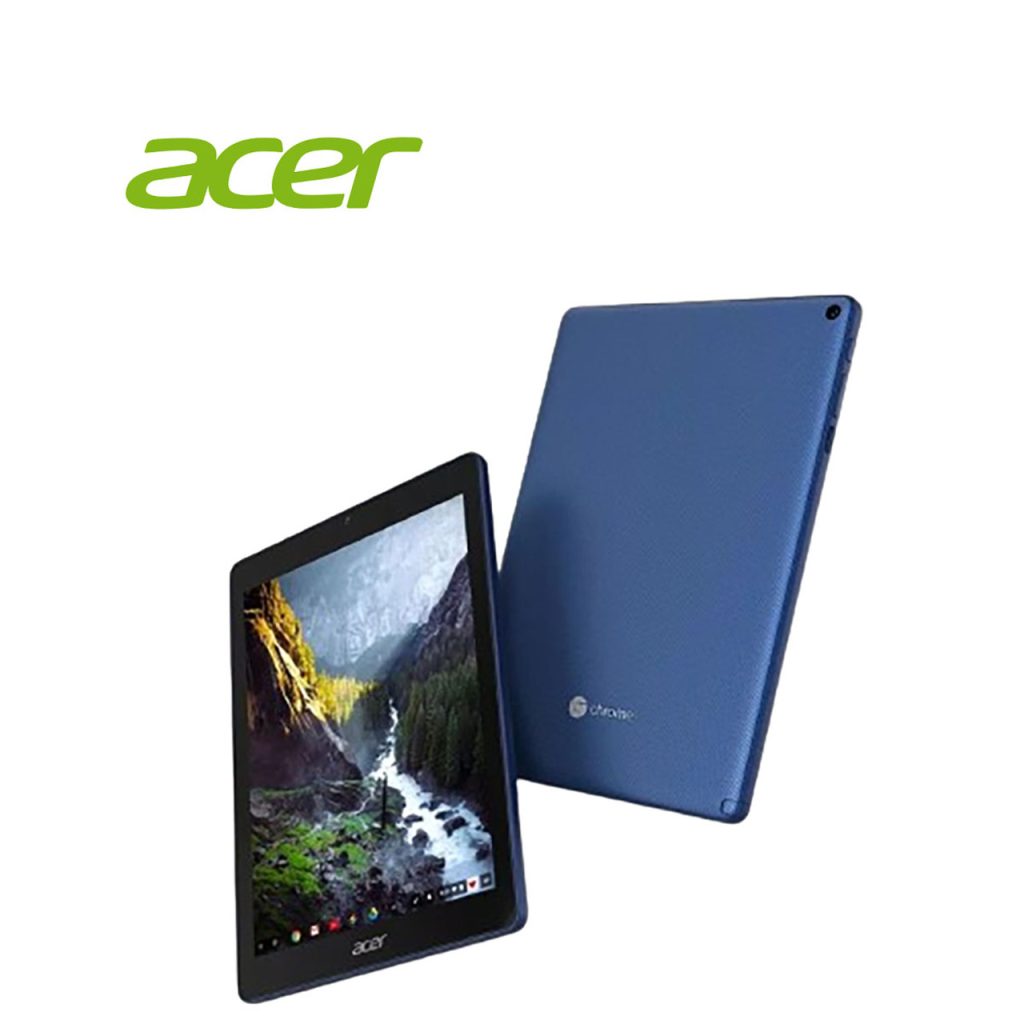6 Groundbreaking Digital Equity Products Restoring Access for Marginalized Communities
Access to digital tools is not a privilege—it’s a prerequisite for participation in education, health, civic life, and cultural preservation. For communities historically sidelined by colonialism and entrenched inequities, the digital divide represents systemic exclusion, not mere technological lag.
Fortunately, six real, readily available digital devices are making meaningful change by providing targeted, durable, and culturally relevant tech access. Below, we explore each one—its capabilities, use cases, and price—demonstrating how technology can become a vehicle for empowerment, representation, and resilience.
1. SOL Solar-Powered Ubuntu Laptop – £250

The SOL laptop, manufactured by WeWi Telecommunications, is a rugged Ubuntu laptop equipped with a solar panel that delivers 8–10 hours of use from just two hours of sunlight (New Atlas). It features a 13.3″ HD display, Intel Atom processor, 4 GB RAM, and 320 GB storage—enclosed in a hardy shell built for off-grid conditions.
Why it matters:
For schools in remote areas without reliable grid power, the SOL laptop ensures continuous access to digital learning. It’s been piloted in Ghana and India, enabling teachers and students to conduct lessons uninterrupted by electricity outages.
Real-world impact:
- Rural teachers can download curricula and present lessons, even when power cuts strike.
- Community health workers can access and record patient data during field visits.
2. PineTab Linux Tablet – £55

The PineTab is a 10″ Linux-based tablet from Pine64, priced around US $99 (Wikipedia). It runs open-source systems like Ubuntu Touch and features 2 GB RAM, 64 GB eMMC, expandable via microSD, with Wi‑Fi and Bluetooth support.
Why it matters:
In low-income educational settings, the PineTab serves as an affordable tool for accessing free educational software (e.g., Khan Academy, LibreOffice). It empowers students and educators to engage in online communities and create content—with minimal cost.
Real-world impact:
- Teachers deliver multilingual digital lessons in regions with scarce resources.
- Students gain access to STEM tools and digital libraries without major investment.
3. Acer Chromebook Tab 10 – £175

The Acer Chromebook Tab 10 is a durable educational tablet running ChromeOS, priced at US $329 (Wikipedia, Wikipedia). With 9.7″ WQXGA display, 4 GB RAM, 32 GB storage, and Google’s suite of classroom tools, it’s built for collaborative, school-based learning.
Why it matters:
ChromeOS ensures easy management, offline-ready apps, and seamless integration with Google Classroom—critical for underserved schools needing robust, low-maintenance tech.
Real-world impact:
- Students across socioeconomically disadvantaged schools use it for research, assignments, and group work.
- Facilitates bilingual education through off-network capabilities.
4. Sony ICD‑UX570 Voice Recorder – £55

The Sony ICD‑UX570 is a compact digital recorder offering up to 20 hours of battery life and expandable memory via microSD (Wikipedia, iDream Education, Jofranlu). It has high-quality microphones and filters to reduce background noise.
Why it matters:
Ultraportable and reliable, it’s ideal for collecting oral histories, indigenous storytelling, and field interviews in remote areas. The ability to record long-form audio makes it perfect for cultural preservation.
Real-world impact:
- Community groups archive elders’ languages.
- NGOs record testimonies for peace and reconciliation projects.
5. CardLogix BIOSID Biometric Mobile Identity Tablet – £1400

The BIOSID STD V3 is a rugged biometric tablet for identity verification and enrollment, priced between US $624 and US $1,899 (Jofranlu, CardLogix Corporation). It supports fingerprint, face, and (optionally) iris scanning, with on-device smart card enrollment.
Why it matters:
Digital documentation is a pressing need in stateless or marginalized communities. BIOSID enables secure, portable registration of individuals who have been historically undocumented or excluded.
Real-world impact:
- Refugee camps use it to issue biometric IDs, unlocking access to humanitarian aid.
- Rural clinics record patient data securely, without relying on central registries.
6. ER970326 Bioscrypt Biometric Reader – £250

The Bioscrypt L‑1 Identity Reader (model ER970326) is a biometric access terminal priced at US $364.50 (CardLogix Corporation, iAccess Control). It uses fingerprints to authenticate users and can also function offline when paired with smart cards.
Why it matters:
For community resource centers or co-ops, secure access to digital tools is essential. This reader ensures only registered individuals can access devices or networks—protecting digital assets while granting local control.
Real-world impact:
- Shared solar lab in rural areas uses fingerprint access to manage equitable usage schedules.
- Digital libraries use it to let users check out tablets and return them without loss.
Comparative Snapshot
| Device | Price (USD) | Key Feature | Impact Instance |
|---|---|---|---|
| SOL Laptop | £250 | 10 hr solar-powered battery | Remote classroom uptime |
| PineTab | £55 | Open-source, expandable | STEM classroom access |
| Acer Tab 10 | £175 | Managed ChromeOS | Bilingual classroom tool |
| Sony Recorder | £55 | Long battery, clean audio | Oral history archiving |
| BIOSID Tablet | £1400 | Mobile biometric ID | Refugee documentation |
| Bioscrypt Reader | £250 | Fingerprint access | Shared resource centers |
Why Singled-Out Devices Matter
Choosing standalone devices over bundled kits has pivotal advantages:
1. Specialized Reliability
Each product is designed for one purpose—whether solar charging, identity verification, or biometric access—ensuring robust performance.
2. Scalability & Maintainability
Deploying specific tools individually allows tailored scaling, targeted training, and modular replacement. Communities can maintain their infrastructure more sustainably.
3. Cultural & Contextual Flexibility
Local communities can select the devices that address their unique needs—whether education, identity, cultural preservation, or civic engagement—rather than adopting one-size-fits-all kits.
Community Narratives: Real Change Enabled
A. Rural Ghanaian School & SOL Laptop
Teachers report that SOL laptops have ended the cycle of class postponements due to blackouts. With rechargeable solar batteries, they can pre-download lessons and continue teaching outdoors.
B. Ecuadorian Indigenous Group & PineTab
Teachers adapt the PineTab to the Kichwa language, offering bilingual lessons and digital literacy sessions in native languages.
C. Appalachian Community Center & Bioscrypt Reader
A local library installs the Bioscrypt reader to allow patrons to borrow tablets in shifts—accountable, secure, and community-tracked.
D. Bangladeshi Refugee Health Clinic & BIOSID Tablet
Health workers certify vaccinated individuals with biometric cards, enabling consistent and equitable care distribution.
E. Cambodian Youth Council & Sony Recorder
Youth groups recorded elder testimonies of the Khmer Rouge era, preserving them digitally and sharing them via community radio.
Beyond Devices: Ensuring Equity and Empowerment
These devices are only half the story. Their true power lies in how they’re integrated into community-led programs:
- Open-source software communities in Peru and Kenya are customizing PineTab and SOL interfaces for local languages and curricula.
- Cybersecurity training empowers users of BIOSID and Bioscrypt tools to manage digital IDs without external dependence.
- Youth ambassador programs deploy the Sony recorder to schools, teaching audio editing and archiving skills.
- Solar-reliant labs connect SOL laptops to local solar arrays, teaching maintenance and energy literacy.
Challenges & Paths Forward
While promising, these initiatives face challenges:
- Logistics & durability: Even rugged devices require infrastructure for repair, parts, and warranty services.
- Training & adoption: Products alone aren’t enough—ongoing training and local tech support are critical.
- Sustainable funding: Biometric devices, while impactful, are costly and require funding models reflecting local ownership.
Towards a Digital Reparations Future
Access to information, self-representation, and economic tools is central to dismantling colonial-era inequities. These six devices show that, when thoughtfully deployed, technology can be reparative—not exploitative.
By focusing on devices that deliver:
- Self-documentation (BIOSID, Bioscrypt),
- Cultural preservation (Sony recorder),
- Educational access (PineTab, Acer),
- Autonomous connectivity (SOL),
we shift agency back to communities. The result is not just inclusion—it’s sovereign digital participation.
Final Thoughts
These six real-world products showcase how digital equity can be tangible. Each stands alone—financially accessible, contextually adaptable, mission-aligned, and ready today. Their integration into community-driven ecosystems distinguishes digital aid from digital empowerment.
The path ahead involves collaboration across NGOs, governments, and local leaders. Together, we can ensure that every device deployed is a tool of justice, context, and liberation.
